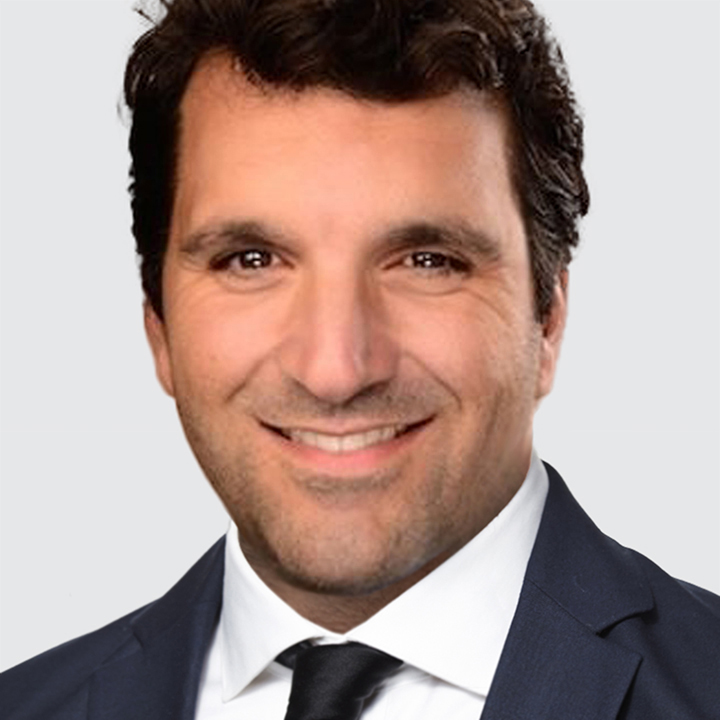US
USD retraced some of yesterday’s losses and continues to trade within the narrow range seen since early August. Global bond and equity markets have stabilized. But China’s stock market sold-off on speculation the nation’s financial regulators are considering measures to cool the rally in stocks. China’s CSI 300 Index has surged more than 20% from April’s low.
Going forward, a dovish Fed policy stance can further weigh on USD and support risk assets. The decline in US job openings suggests that downside risks to employment are rising, reinforcing the case for a 25bps Fed funds rate cut in September. Job openings dropped more than expected to a 10-month low at 7181k (consensus: 7380k) vs. 7357k in June.
In parallel, the September Fed Beige Book points to upside risk to the US inflation outlook and will likely keep the Fed on a cautious easing path. According to the Beige Book “Most Districts reported that their firms were expecting price increases to continue in the months ahead, with three of those Districts noting that the pace of price increases was expected to rise further.”
However, more evidence of a sharp decline in labor demand could push the Fed to prioritize maximum employment over price stability within its dual mandate. Tomorrow’s August non-farm payrolls print will guide whether markets start to price-in a 50bps Fed funds rate cut at the September 16-17 FOMC meeting or stick with the current 25bps rate cut bet.
Today, the US data highlights are: August ADP private sector jobs report, July trade balance, and August ISM Services index. ADP Employment is seen rising by 68k vs. 104k in July and the headline ISM Services index is projected to improve to 51.0 vs. 50.1 in July.
New York Fed President John Williams shares his view on the economic outlook and monetary policy (5:05pm London, 12:05pm New York). In his most recent interview, Williams signaled that “every meeting is, from my perspective, live” for a policy rate move.
EUROZONE
EUR/USD is trading near the middle of its 1.1550-1.1750 range from early August. EUR/USD has scope to edge higher towards 1.2000-1.2200 in the next few months as the ECB is on hold while the Fed is about to resume easing.
French long-term bond yields are modestly lower. Investors’ appetite for longer-term French bonds softened but underlying interest is still encouraging. The bid-to-cover ratio on: the 10-year bond auction slipped to 2.18 (lowest since January) vs. 2.93 previously, the 15-year bond auction slipped to 2.73 (lowest since December 2024) vs. 3.30 previously, the 30-year bond auction slipped to 2.66 (lowest since June vs. 2.93 previously) vs. 2.96 previously.
UK
GBP is firm versus most currencies. The Bank of England’s August DMP inflation expectation survey ran hot and will keep the bank on a cautious easing path. 1-year inflation expectations rose to a five-month high of 3.4% vs. 3.2% in July. 3-year inflation expectations also increased to a five-month high of 3.0% vs. 2.8% in July. Overall, elevated UK inflation expectations and a sluggish growth outlook spell trouble for GBP, especially versus EUR.
SWEDEN
USD/SEK is up slightly but should hold under key resistance at 9.5000. Sweden’s August CPI was mixed. The policy-relevant CPIF unexpectedly rose to 3.3% y/y (matching the January 2024 high) vs. 3.0% in July. Consensus had penciled-in 3.2%. In contrast, core CPIF fell more than expected to a three-month low at 2.9% y/y (consensus: 3.1%) vs. 3.2% in July.
Nonetheless, both headline and core CPIF are tracking above the Riksbank’s August forecast of 2.7% y/y. As such, we doubt the Riksbank will cut the policy rate more than is currently priced-in which is SEK supportive. The swaps market price-in one 25bps cut and the policy rate to settle at 1.75% over the next 12 months, roughly in line with the Riksbank’s guidance.
SWITZERLAND
CHF remains in a holding pattern versus USD and EUR. Switzerland’s August CPI argues against a negative policy rate. Headline CPI matched consensus at 0.2% y/y vs. 0.2% in July and is tracking 0.1pts above the Swiss National Bank’s (SNB) Q3 forecast. Still, core CPI unexpectedly dipped to 0.7% y/y (consensus: 0.8%) vs. 0.8% in July.
In our view, the benign Swiss inflation backdrop and 39% tariff on Swiss goods exports to the US, the highest for any advanced economy, mean a negative SNB policy rate cannot be ruled out. The swaps market price-in more than 50% probability of 25bps cut to -0.25% in the next 12 months. Regardless, the drag to CHF from the likelihood of negative rates is outweighed by the currency’s safe haven status.
MALAYSIA
Bank Negara Malaysia (BNM) kept the Overnight Policy Rate (OPR) steady at 2.75%, as expected. BNM noted “At the current OPR level, the MPC considers the monetary policy stance to be appropriate and supportive of the economy amid price stability.”
Nevertheless, Malaysia’s soft inflation backdrop (headline CPI was 1.2% y/y in July, well below the long-term average of 2.2% y/y) leaves the door open for additional policy easing. The swaps market is pricing in 25bps of cuts over the next 12 months that would see the policy rate bottom at 2.50% which should keep USD/MYR anchored within its multi-months 4.2000 and 4.3000 range.

